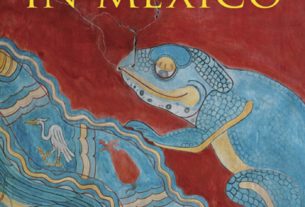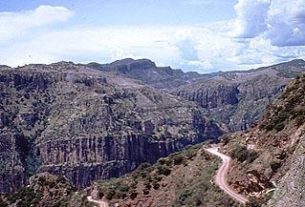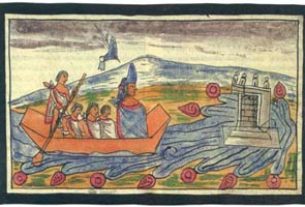The small lakeside town of Chapala in Jalisco had more buildings designed by notable architects in the first half of the twentieth century than any other location of its size in Mexico, perhaps even in North America.
In 1900, Chapala was little more than an overgrown fishing village with one major hotel and 1753 residents. Fifty years later, its population had tripled and it boasted an extraordinary range of architect-designed buildings—varying from small chalets, fanciful Victorian-style villas and designer mansions to a grand railroad station and modernist vacation homes.
This eclectic mix of fine architecture greatly enhanced Chapala’s visual appeal, creating a legacy which continues to attract visitors today, even though the ‘town’ is now a small city of around 25,000 people.
According to a report in The Mexican Herald in 1898, bricks then cost about US$12 a thousand in Chapala, and a “comfortable cottage of eight or ten rooms, of two stories, built solidly with good foundations” cost less than $8,000. Lakeshore lots which cost only three cents a square meter a few years earlier were now changing hands for ninety cents a square meter, “one of the signs of the modern times in Chapala.”
The leading architects and their works
The earliest chalets at Chapala at the end of the nineteenth century may have been kit homes (perhaps from the U.S.) but, by the dawn of the twentieth century, architect-designed homes and hotels were in vogue. Here are brief descriptions of some of the prominent architects responsible for transforming Chapala.
George Edward King (1852-1912)
The first noteworthy foreign architect in Chapala was English architect George King, who had completed the stately Villa Tlalocan in 1896 for British consul Lionel Carden, before building the iconic Casa Pérez Verdía (commonly called Casa Braniff) in 1904-05 for a prominent Guadalajara lawyer and historian. The lawyer sold it two years later to Alberto Braniff, a wealthy Mexico City businessman, and it remained in the Braniff family until the 1940s. It is now a restaurant.
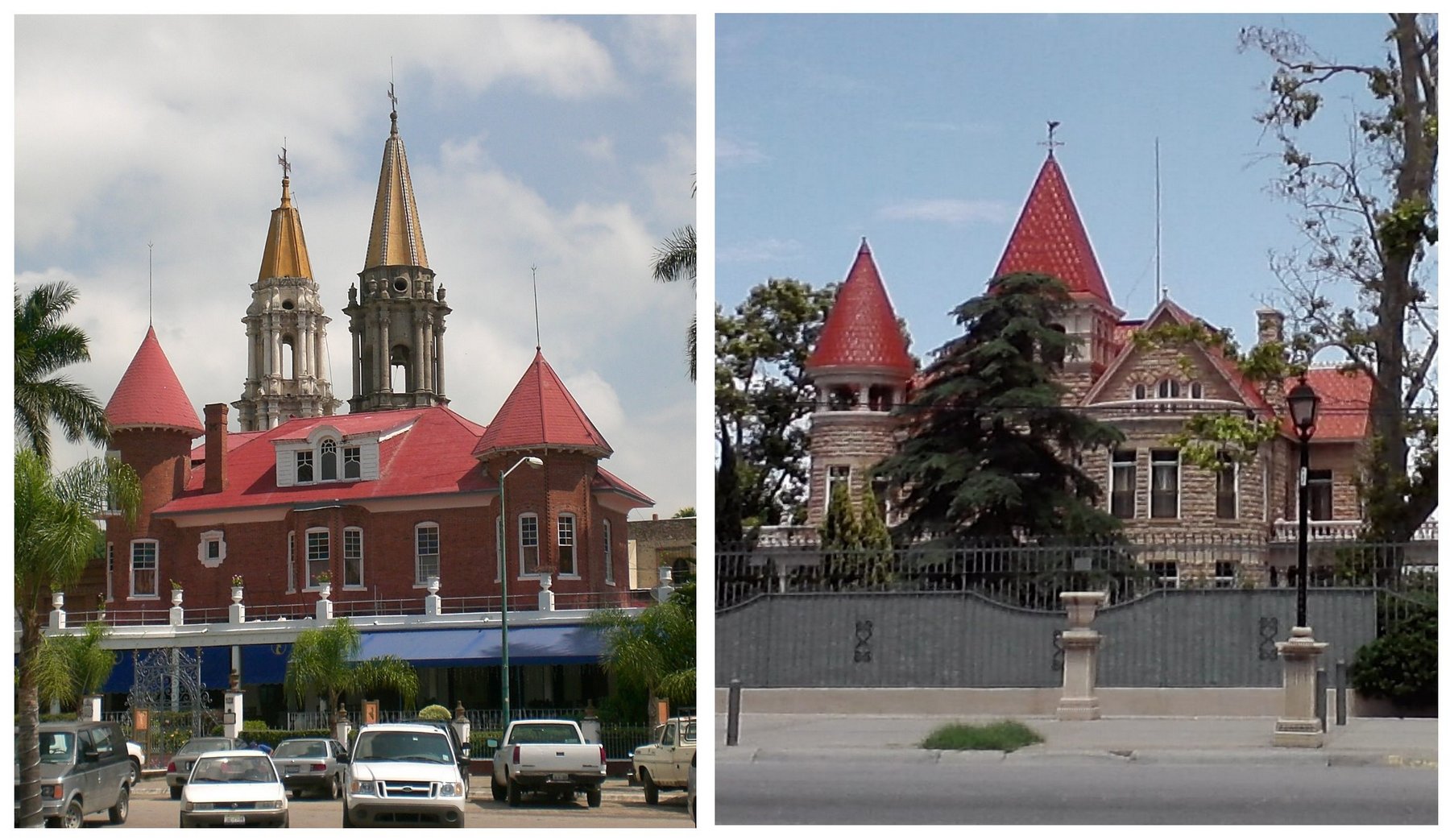
Prior to arriving in Mexico, King had designed a number of grand buildings in the U.S., including several private residences in Boulder, Colorado; Old Main at Colorado Agricultural college (now Colorado State University) in Fort Collins; the Tabor opera house, post office and hotel, all in Leadville, Colorado; and a number of offices and residences in El Paso, Texas.
In Mexico, King—sometimes with partners—was also responsible for the former customs house (now Museo Histórico)in Ciudad Juárez, and theaters in the cities of Zacatecas, Durango and Chihuahua. He also remodeled the Correo Mayor in Mexico City, as well as the Government Palace and Degollado Theater in Guadalajara. King returned to the U.S. when the Mexican Revolution began.
Charles Grove Johnson (1865–1942)
Charles Johnson, who worked with King on Villa Tlalocan and became a close friend of Lionel Carden, had moved to Mexico in about 1895, and soon found a place in the upper echelons of Mexico City society. He was the architect for a new British Legation building (later consulate) in Mexico City in 1911, and for the Cowdray Sanatorium (now the American-British-Cowdray Hospital), which opened in 1923.
Charles Lincoln Strange (1865?–1908)
Before arriving in Guadalajara, American architect Charles Strange had worked in Los Angeles and designed or co-designed Orange County Courthouse No 1 in Santa Ana, the Hotel Green in Pasadena and the Central Police Station at First and Hill. When his marriage broke down in 1900, Strange moved to Guadalajara, where he designed the Banco de Londres y México (later Cine Lux) and the Hotel San Francis (later Hotel Imperial). Both buildings were demolished when the city reinvented itself in the 1940s and 1950s.
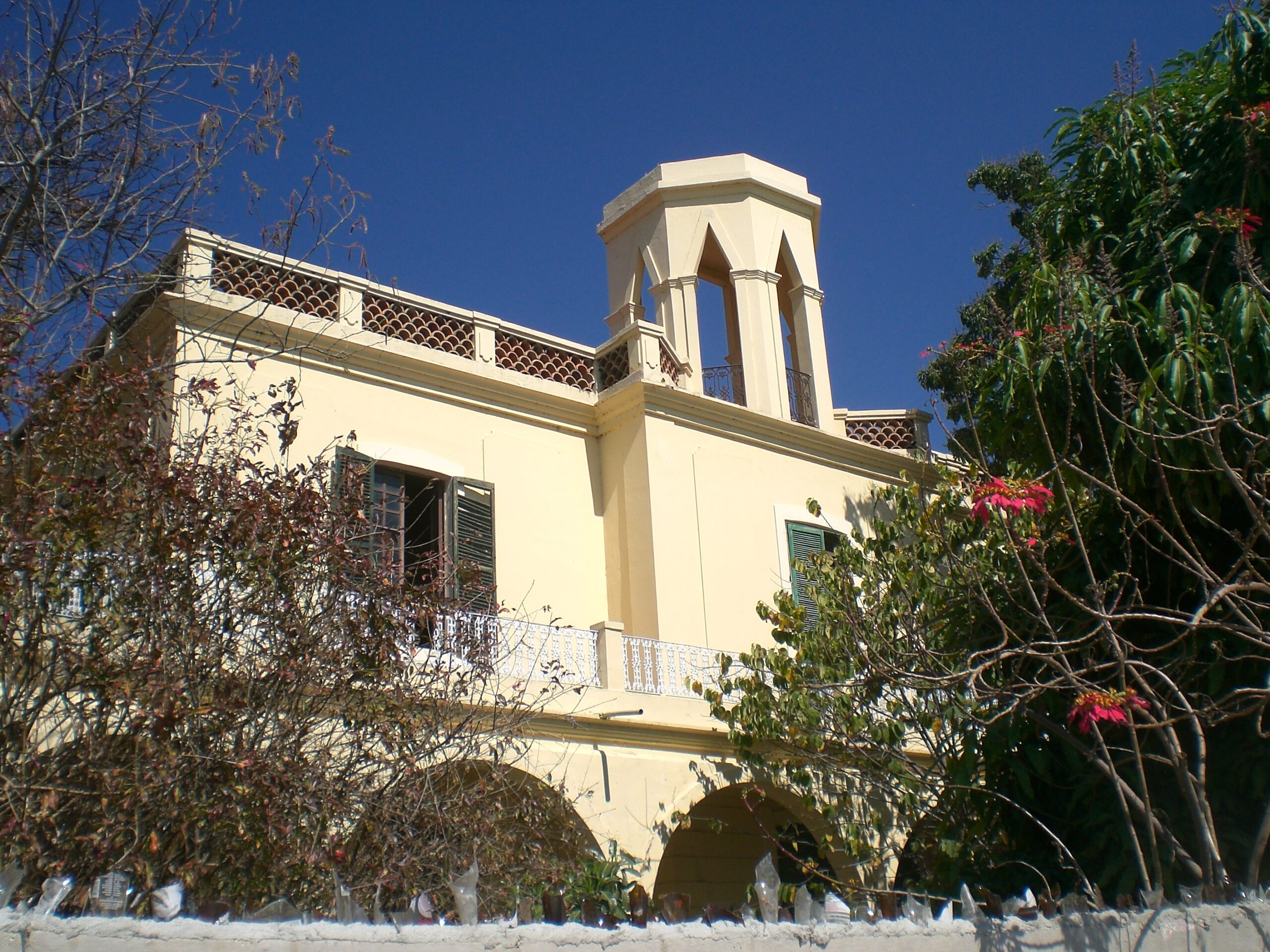
In Chapala, Strange is the likely architect of the lakefront Chalet Paulsen (commonly called Villa Paz, and now a boutique hotel), built for Guadalajara entrepreneur Ernesto Paulsen in the very early years of the twentieth century. Paulsen and Strange were close friends, and worked together in 1904 on a proposed hotel (never built) on Isla de los Alacranes. That same year, Strange drew up plans for a pier and the first Chapala Yacht Club. The wooden pier, completed in 1910, two years after the architect’s death, was accidentally destroyed by fire in 1914.
Guillermo de Alba (1874–1935)
The most noteworthy Mexican architect in Chapala’s early tourist years was Guillermo de Alba. Born in Mexico City, de Alba graduated as an engineer in Guadalajara, before spending some time in Chicago. In the first decades of the twentieth century, de Alba designed and built numerous fine residences and commercial buildings in Guadalajara and Chapala.
His works in Guadalajara included the Hotel Fenix, Casa Abanicos, Villa Guillermina, and the development of Colonia Moderna, a new ‘garden city’ neighborhood.
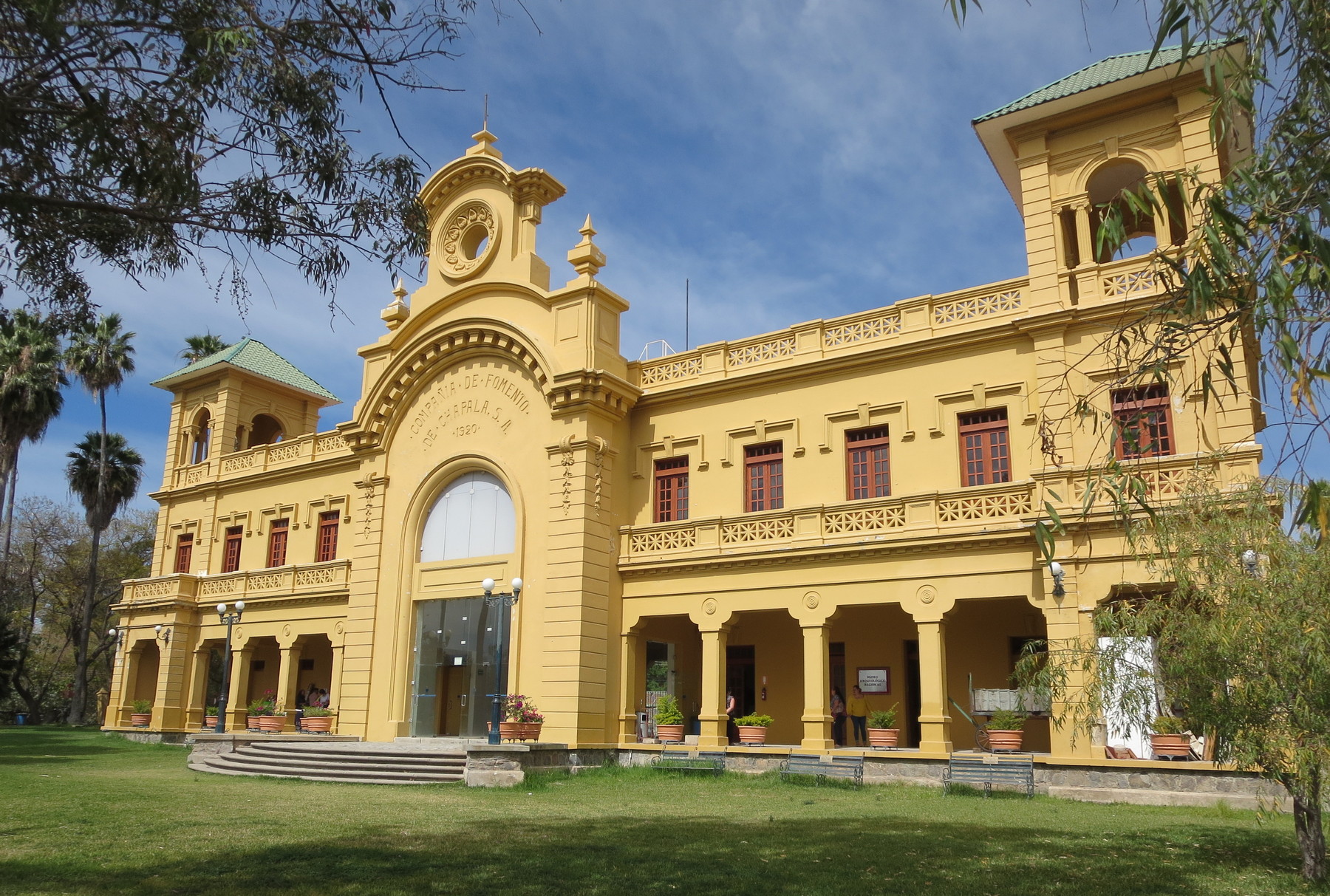
In Chapala, de Alba’s architectural legacy is unequaled. His first major work was the 60-room Hotel Palmera, completed in 1907, one wing of which later became the Hotel Nido and is now the Palacio Municipal. De Alba also designed his family house Mi Pullman (1908), beautifully restored by Rosalind Chenery; Villa Niza (1919), with its strong geometric design; and—his crowning glory—the elegant Chapala Railroad Station (1920), now the Centro Cultural González Gallo.
Angelo Corsi (1867?- >1936)
In 1899, Italian engineer-architect Angelo Corsi, recently arrived in Guadalajara, was engaged to build a public school in the city. Later commissions in Guadalajara included ostentatious family homes for Aurelio González Hermosillo and Julio Collignon, while in Puerto Vallarta, Corsi designed the ‘Belle Époque’ Teatro Saucedo, completed in 1922, that city’s first theater (and later its first hotel).
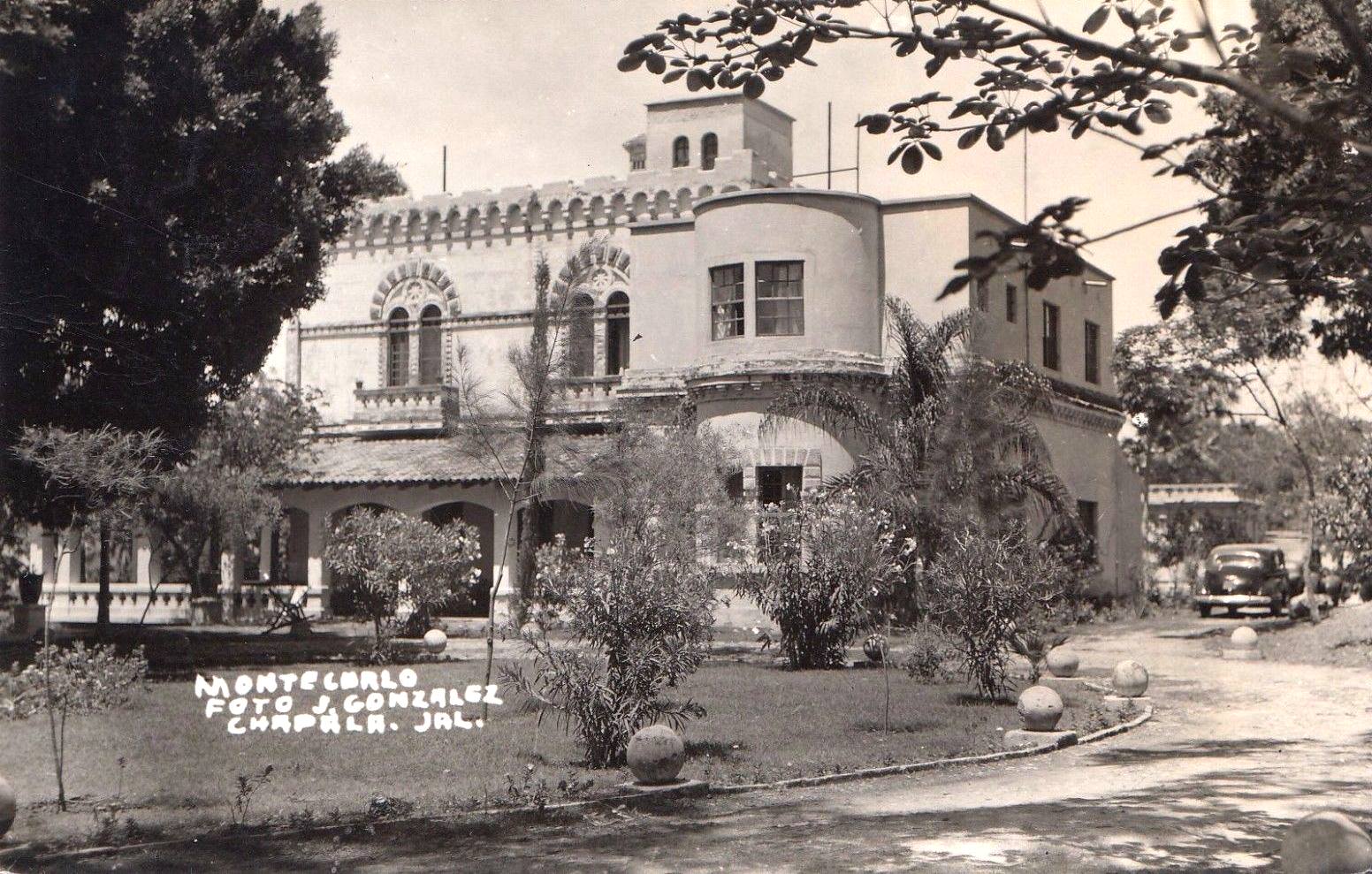
In Chapala, Corsi’s major remodeling of the historic Villa Montecarlo, where pioneering foreigner Septimus Crowe once lived, created in 1919 a grand Italianate building, set amidst beautifully landscaped gardens. This property later became a hotel, but the main building was torn down and replaced by an ugly generic modern edifice in the early 1960s.
Corsi also designed and built Villa Macedonia, completed in 1920 a few doors west of Villa Montecarlo. Villa Macedonia was later acquired by Dr. Carlo Sutter, the honorary Swiss consul in Guadalajara, and renamed Villa Lucerna.
Luis Barragan Morfin (1902–1988)
Luis Barragán Morfín, the most influential Mexican architect of the twentieth century, graduated as an engineer from the Escuela Libre de Ingenieros in 1923. After traveling to Europe and North Africa, he returned to Guadalajara in 1926 to begin working alongside his brother Juan José, before establishing his own architectural practice.
Barragán was active in Guadalajara (see this MexConnect article) and Chapala between 1930 and 1936, before moving to Mexico City to build homes and develop the residential area of Jardines del Pedregal. Barragán, the only Mexican ever to have won the prestigious Pritzker Architecture Prize (1980), was also responsible for Jardines del Bosque in Guadalajara, and, with partners, for Torres de Satélite (1957) and the residential areas of Las Arboledas and Lomas Verdes in the state of México.
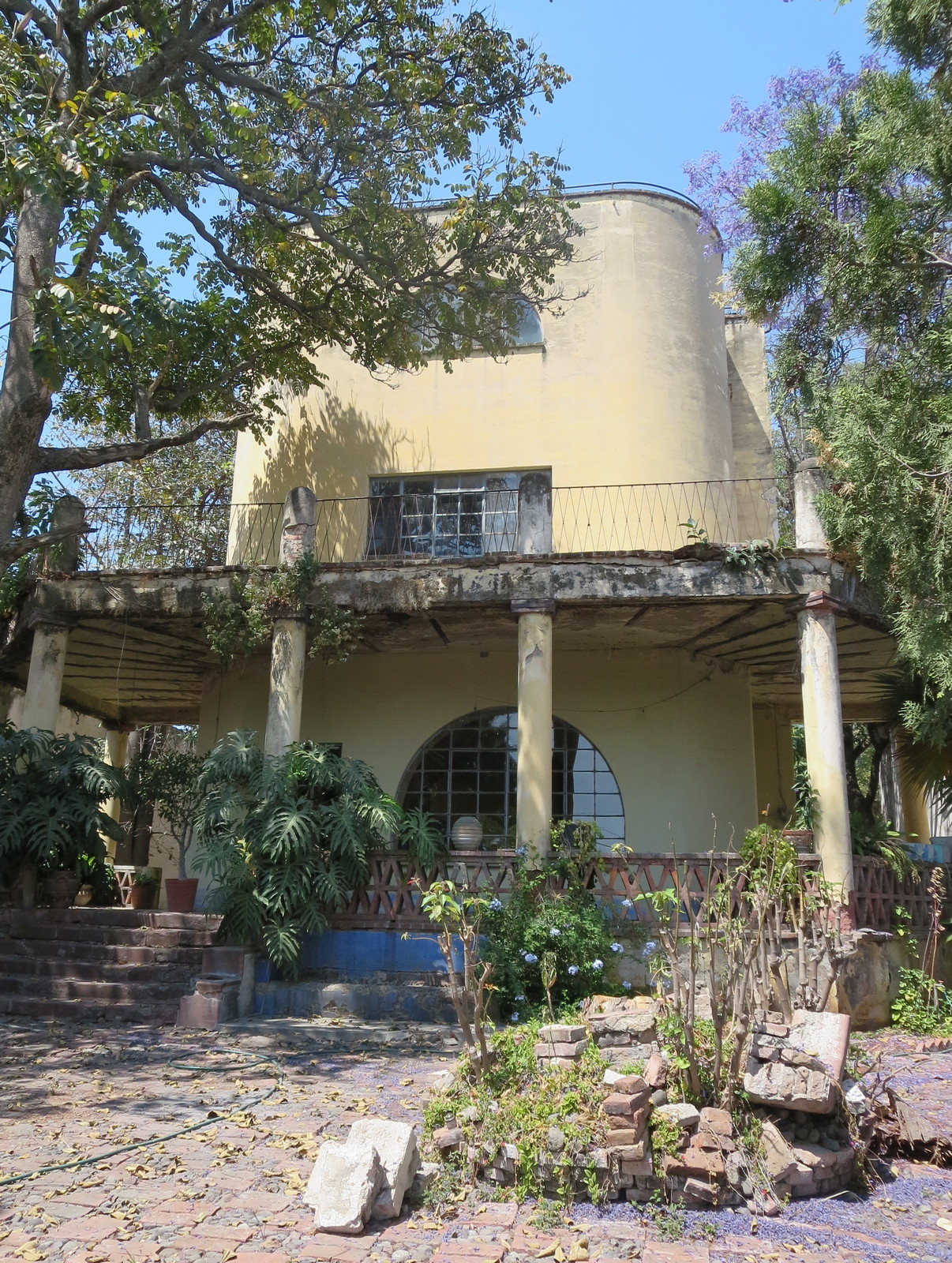
In Chapala, in the early 1930s, Barragán transformed (with help from Juan Palomar y Arias) the home belonging to his family on Francisco I. Madero, and undertook several commissions, including modifying or remodeling Casa de las Cuentas (the ‘D. H. Lawrence’ house on calle Zaragoza, now Hotel Villa QQ), Villa Adriana, and Villa Robles León (Paseo Ramón Corona #14), where he was helped by Ignacio Díaz Morales.
Ignacio Díaz Morales (1905–1992)
Ignacio Díaz Morales was a fellow graduate of the Escuela Libre de Ingenieros, who, after gaining professional qualifications as an architect, had a distinguished career at the University of Guadalajara’s School of Architecture, where he influenced several later generations of architects. He was commissioned with the controversial but necessary project at the end of the 1940s which destroyed many historic buildings in Guadalajara to create the four central plazas, which form a cross when viewed from the air.
Juan Palomar y Arias (1894–1987)
Palomar y Arias fought all his life to make Guadalajara a better place in which to live, and combined his architecture practice with teaching at all three major Guadalajara universities: the University of Guadalajara, ITESO, and the Autonomous University of Guadalajara.
In Chapala, he helped Barragán transform his family home, and, on the hillside overlooking Villa Montecarlo, designed the Lourdes Chapel, built with the assistance of engineer Luis Ugarte. After years of benign neglect, this significant historical and cultural landmark, first consecrated in August 1941, was reopened for services in 2022, following extensive renovations spearheaded by Ing. Jorge Varela Martínez Negrete.
Pedro Castellanos Lambley (1902–1961)
Another graduate from the Escuela Libre de Ingenieros, and member of the ‘Tapatío school of architecture’ which had such a profound influence on architecture in Guadalajara and Chapala, was Pedro Castellanos Lambley. Raised in an exceptionally well-connected family, Castellanos designed or co-designed several stately family homes in Guadalajara, as well as the city’s San Juan de Dios market, a structure since replaced.
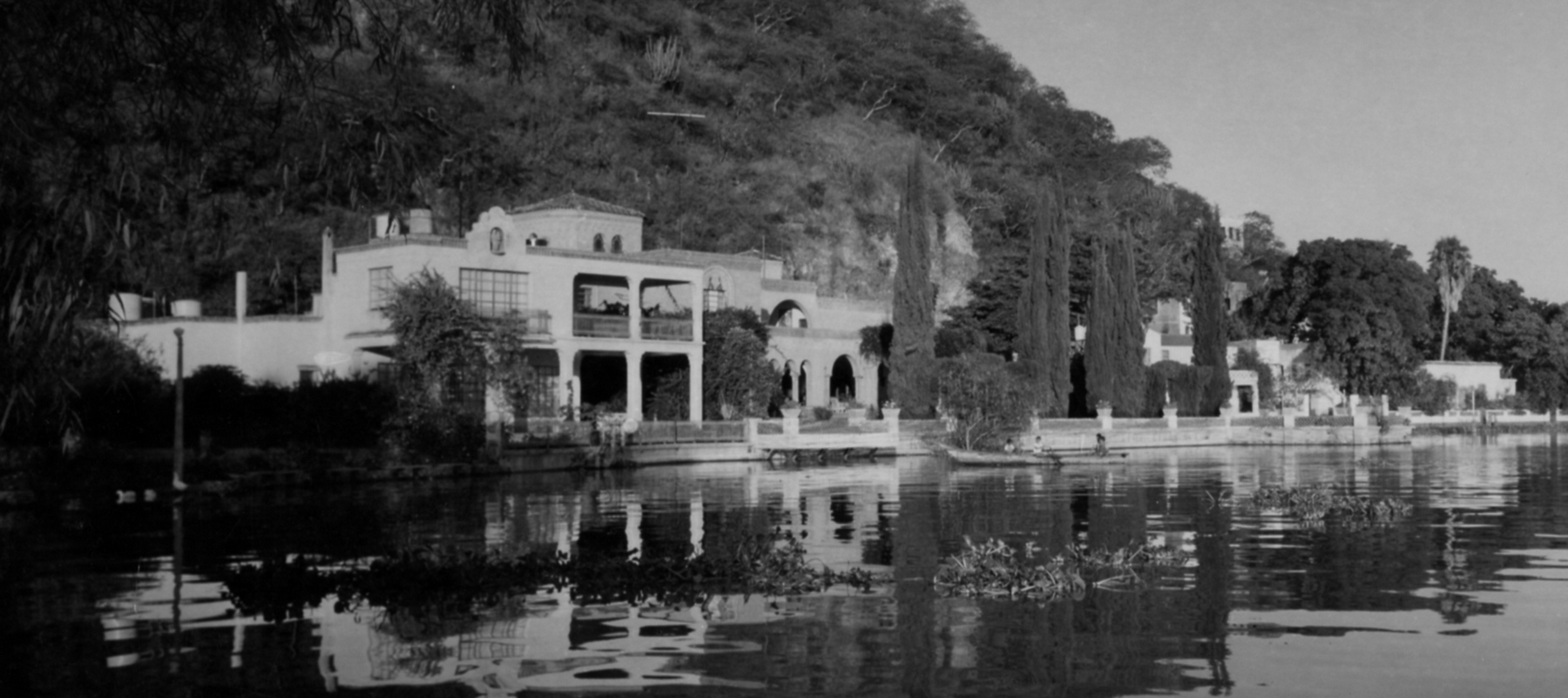
In Chapala, Castellanos designed two properties on Avenida Hidalgo: the magnificent Villa Ferrara (still intact) and Villa Adriana (later modified by Luis Barragán), and he also did extensive work on two buildings on Paseo Ramón Corona.
Ambrosio Ulloa González (1859-1933)
Educator and journalist Ambrosio Ulloa qualified simultaneously in 1880 as an engineer and a lawyer. He then taught at the Jalisco School of Engineers from 1893 to 1894 before founding the Escuela Libre de Ingenieros, inaugurated in 1902. In addition to various architectural projects in Guadalajara, Ulloa and his wife bought and remodeled a small 1906 building in Chapala into Casa Verde. Unfortunately, following some structural damage, the building, located immediately behind the present-day market, was torn down in 2006 by city authorities, despite protests at the unnecessary and avoidable loss of a significant element of Chapala’s urban heritage.
Aurelio Aceves Peña (1887-1946)
The building at Paseo Ramón Corona #9 is thought to be the work of engineer Aurelio Aceves Peña. Aceves Peña graduated from the Escuela Libre de Ingenieros in 1913 and was hugely influential in the development of architecture as a career. He taught numerous architects, including Ignacio Díaz Morales, Luis Barragán, Pedro Castellanos and Rafael Urzúa, and was Director of the Faculty of Engineering at the University of Guadalajara for decades. His massive library of works related to engineering and architecture was unsurpassed. His architectural projects in Guadalajara included the dome of the university building, and the arches of Vallarta Avenue (1942).
Carlos Ochoa Arroniz (1847–1943)
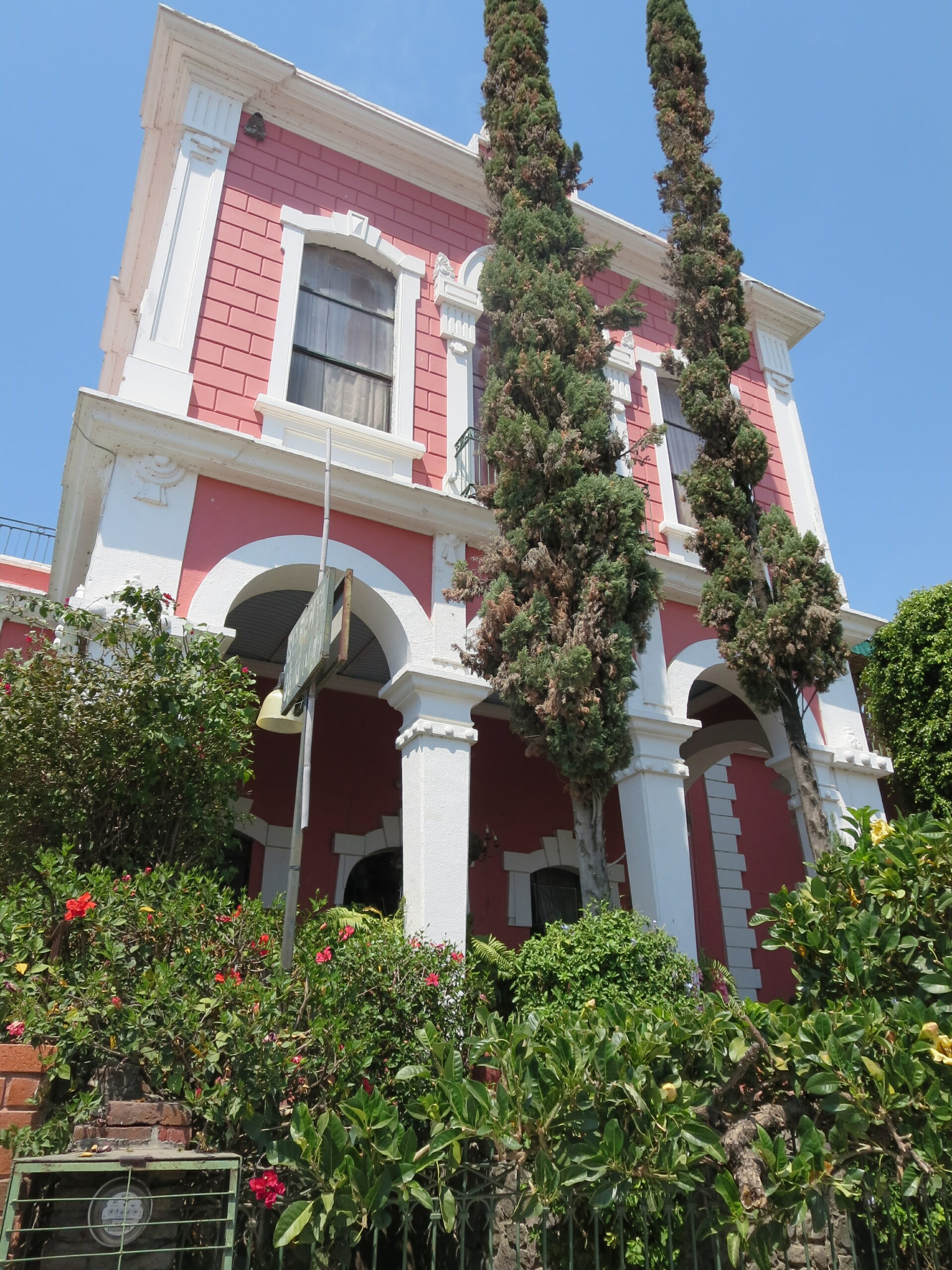
Also on Paseo Ramón Corona, at #6, is Villa Ochoa, built by Carlos Ochoa Arroniz. Somewhat astonishingly, and unlike almost all the other old villas in Chapala, Villa Ochoa is still owned by direct descendants of its original owner. Ochoa Arroniz was a civil engineer; after studying at the College of Mining in Mexico City, he worked on plans to improve the navigability of the River Santiago, and on several railroads in western Mexico. His great-grandson, architect Jaime Troop Ochoa, aims to restore this epoch-defining building with its collection of period furnishings to something like its former grandeur.
As respected Guadalajara architect-journalist Juan Palomar Verea and others have repeatedly pointed out in print, Chapala has shown scant regard in the past fifty years for its rich architectural heritage. The prime examples of its failure to value its past have been the demolition of Corsi’s Villa Montecarlo in the early 1960s, of Ulloa’s Casa Verde more recently, and its tacit acceptance of a massive downtown remodeling in the 1950s, which created multi-lane main avenues at the expense of several historical buildings and dramatic and irreversible changes to Chapala’s long established street plan and its former beach and lakefront.
Acknowledgment
My thanks to Arq. Antonio Aceves of ITESO, Guadalajara for reading an early draft of this article, and for his valuable comments and suggestions.
Want to read more?
Additional details about these architects and their projects can be found in the author’s book If Walls Could Talk: Chapala’s Historic Buildings and Their Former Occupants, translated into Spanish as Si las paredes hablaran: Edificios históricos de Chapala y sus antiguos ocupantes. The author’s 2022 book Lake Chapala: A Postcard History uses reproductions of more than 150 vintage postcards to tell the incredible story of how the small village of Chapala morphed into an international tourist and retirement center.

